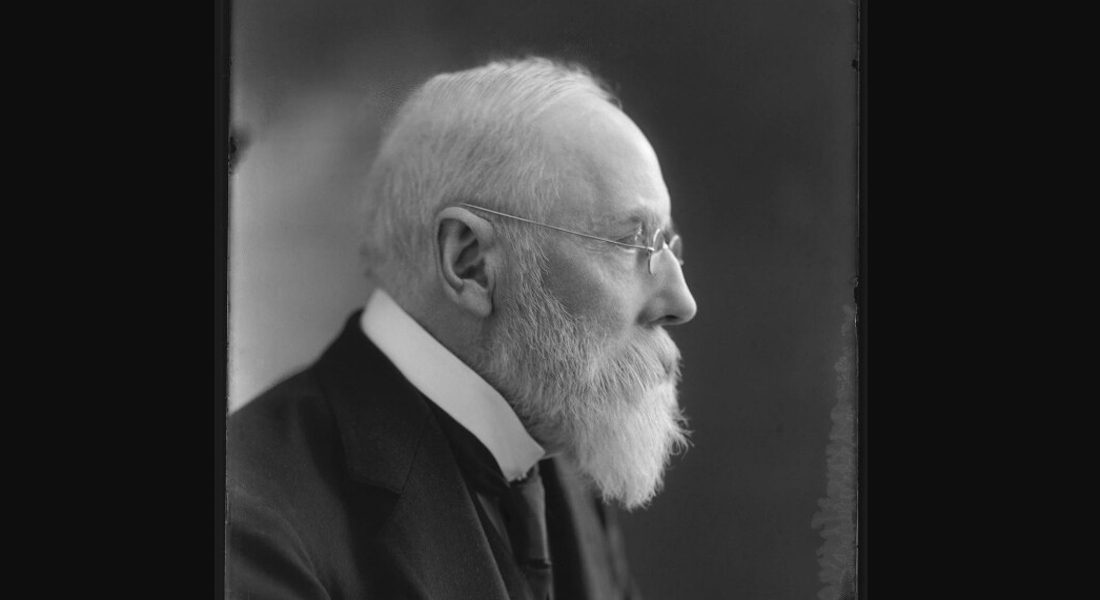Sir George Abraham Grierson, (born January 7, 1851, Glenageary, County Dublin, Ireland—died March 9, 1941, Camberley, Surrey, England), Irish linguistic language scholar and civil servant who from 1898 conducted the Linguistic Survey of India (published 1903–28), obtaining information on 364 languages and dialects.
While a student of mathematics at Trinity College, Dublin, Grierson took prizes in Sanskrit and Hindi. Grierson went to Bengal in October 1873, where—in addition to carrying out his duties in a succession of government posts until 1898—he devoted much time to language research. The first of his enormous output of papers, reviews, and books appeared in 1877.
Two of his most important works are Seven Grammars of the Dialects and Subdialects of the Bihari Language (1883–87) and Bihar Peasant Life… (1885). The latter work, in addition to offering much linguistic information, describes the life, farming methods, and beliefs of the Bihar peasantry. His research also extended to Hindi, the northwestern Dardic languages, and Kashmiri.
In 1898 Grierson began work on the Linguistic Survey, and for the next 30 years he gathered a vast amount of data in nearly 8,000 pages of 19 volumes. Five of the volumes, on non-Indo-European languages, were prepared by the Norwegian linguist Sten Konow, the remainder mostly by Grierson. The survey was a triumph of organization, covering as it did the Indo-European, Chinese, Austroasiatic, and Dravidian families of India together. In addition to vocabularies, for most of the languages and dialects skeletal grammar and brief texts were also included. During the course of the survey, which he directed from his home in Camberley beginning in 1903, Grierson published a number of works, among them A Dictionary of the Kashmiri Language (1916–32).
He was knighted in 1912.
Source: Encyclopaedia Britannica

